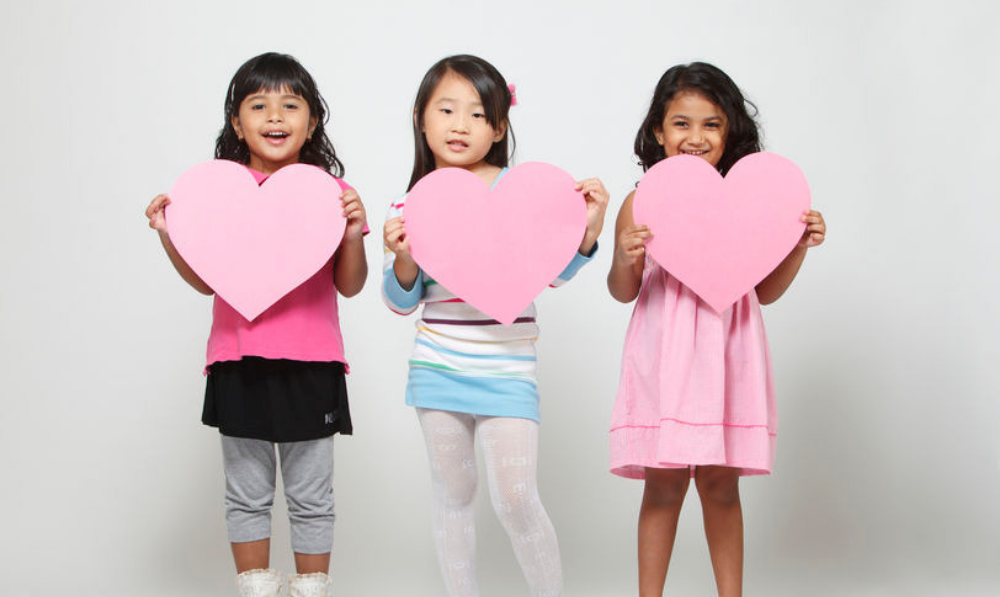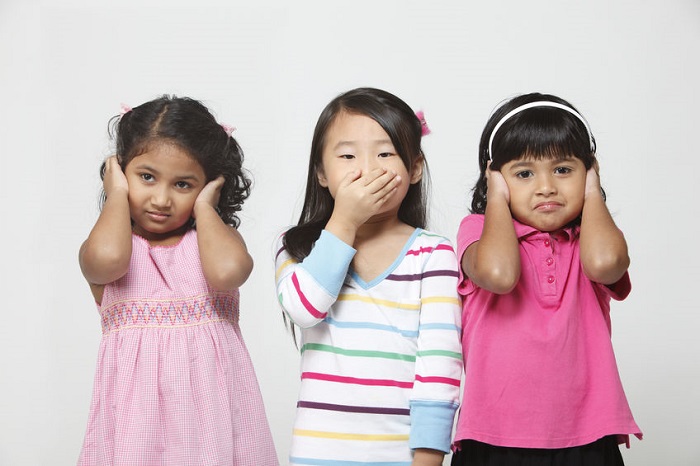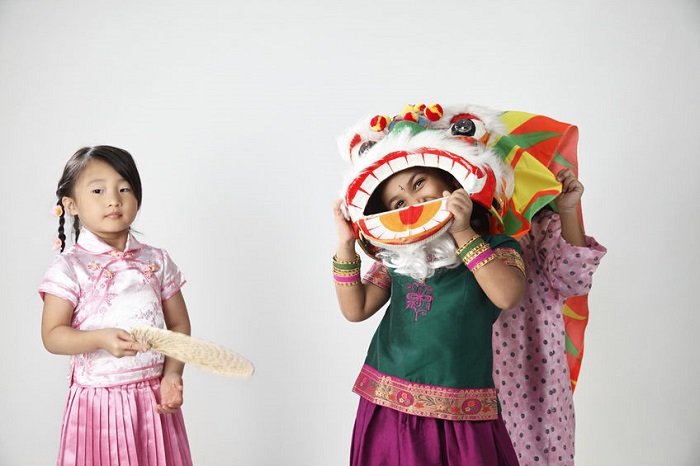Rainbow is Prettier with More Colours – Making Your Children Comfortable about Physical Differences
by on 02/08/2025 4371

What to do when your children out of sudden, pointing his finger to someone in public place and blurt out loud “why does that guy wear headscarf on his head?”. Out of embarrassment or guilt, we are racking our brain on how to come back from these situations. With post-haste and without proper preparation we may respond erroneously towards our child, closing all the opportunity to expose and to make them understand the true reality of the world around them; human are all created differently. The action of shushing your children when they touch about race, gender, body type, disability with physically or mentally challenged, clothing with religious purposes or cultural significance is all the effort needed to make your children go ‘blind’. It is implicitly stating that being different from you or you are being dissimilar with others is a bad thing. When we do this, we might devalue those who aren’t like us, and we are also allowing our children to devalue themselves when they have seen they are a little special in their own way compared to others.
Talk About It!

“Papa, why does she look different?”
Children aged between 2 to 4 years old are believed able to identify gender but at this stage, they are not fully able to understand the notion of race. The phrase of ‘innocence of a child mind’ is applicable in this situation as they observe, identify, point out, and inquire anything prominently unusual in their surrounding not because of rudeness but simply out of curiosity.
Firstly, address the impoliteness of those actions. Depend on the situations, if you feel like you can’t answer them straight away, it is probably best for you to just nod or simply smile to your children to signifies your acknowledgement of their observation. Have a later conversation with them at home or in private to address those earlier actions are impolite and make sure they understand why it is considered as rude. Ask what their feelings are if a stranger points out and say something at them, then equalize with them by stating the same thing of how other people will feel in that situation.
Second, level down with your children. Keep the conversation light and avoid being too serious. Explain to your child without being too intricate with the facts. For example, you may say “That lady you saw at the bus station this morning has a birthmark on her face. Naturally, most people have it since they were born, and it could be at any other parts of our body.” You may also speak in a language level that they can understand or simply relate in their everyday surrounding while sticking to the fact.
Monkey See Monkey Do
Instead of explicitly forcing thoughts into your kids, let these kinds of topics come up naturally. Even though infants and toddlers born as a blank canvas but as they grow up, unconsciously they will start choosing friends that look similar to them. Without proper exposure from us as the parents, our children probably might encounter discomfort whenever they have seen something different and unfamiliar. I don’t know about you, but cultivating bias, discrimination and let the children be in their judgmental bubble is not on my list.
The little thing you at least could do to enrich your kid’s thought about this is by setting the example yourself. Be careful of your words and actions whenever you come across in commenting about other people skin colour, body shape, race, culture, religion, gender, and anything in between. Children learn and look up to their parents of what is considered acceptable and what is not. In short, they will pick up your habit as their habit. For example, you don’t refer your kid’s Malay friend “budak Melayu”, you call them by his or her given names. This signifies you respect people by his or her human being individuality. You don’t talk down on other people that belong to a different community than you and you don’t reduce them to their significant values.

Being a Malaysian, we are blessed of having multicultural celebrations, holidays and people. Widen their social circle by visiting or inviting your friends from diverse cultures during the holidays. Let your kids build a genuine relationship with your friend and neighbour’s children or formally set up a playgroup offered by early education institution such as Baby Playhouse, Setia Alam for an accommodated exposure. Face-to-face connection with real people stimulates a lasting impression to your kids. Social exposure is a perfect opportunity to set an example while developing their cognitive, physical, emotional and social aspects in understanding the world around.
Living in the modern media age, it is easy to take the visual advantage as a medium of learning for your children’s benefits. However, do it with care, subtly and steadily as conveying religion, cultures and races may mislead to ethnic stereotypes. Filter and assimilate appropriate children books, toys, tv shows and entertainment movies. Choose shows like Upin Ipin, Dora the Explorer, Sesame Street that depict race in a balanced way. Buy toys and books that represent people of different ethnicities and diverse characters that acknowledge that all of us are “different” in some way. It’s good to cultivate your kids of their own root, but at the same time, it wouldn’t hurt for them to know better about the surrounding world.




















